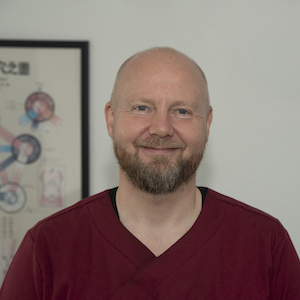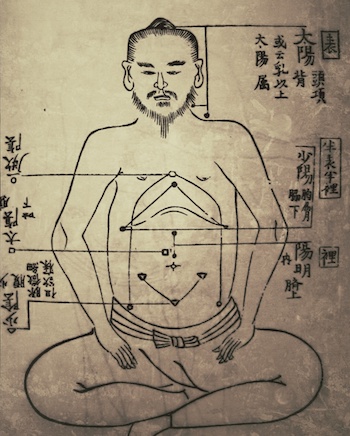Our medicine expresses and unfolds through resonance and reflection as it is capable of attending to the changes and expression of complex interactive systems, like human beings within their environment.
Reading the pulse and investigating the abdomen are both tried and true methods that, for good reason, have come down to us over course of time.
In this 90 minute seminar we will explore how the Saam acupuncture organ pairs show up in Japanese style abdominal diagnosis, and how expressions of these imbalances are also reflected in the pulse
You’ll be introduced to some fundamental ways of palpating the abdomen that will help you to understand how particular patterns of excess and deficiency will help with clarifying a Saam diagnosis. And you’ll be able to cross check your findings with what you discover in the pulse.
In this real time event we will discuss
- Basics on approaching the abdomen and developing a palpitory vocabulary
- Recognizing excess and deficiency
- Finding Saam organ images on the abdomen
- Finding Saam organ imbalances on the pulse
- How to develop a palpatory vocabulary
You’ll have lifetime access to the recording of this Qiological Live seminar
Your Instructor For This Class

Thomas Sorensen
I was introduced to acupuncture in 1996 while undertaking studies in Korean language and culture in Seoul, South Korea. One acupuncture treatment with a few needles on the opposite leg of the knee that I had injured during martial arts practice took away my knee pain instantly and completely. This experience changed my life around – from the first needle I had a new destination. I had to learn acupuncture.
After returning to Copenhagen, Denmark, from Korea, I started studying TCM. I went into private practice immediately after graduating, but didn’t find the TCM style of acupuncture a good match for me so I started looking at different styles of acupuncture and Japanese Meridian Therapy showed up on my radar. I was very fortunate to be accepted as a student of Ikeda Masakazu Sensei. He instilled in me a deep respect for the classics and showed me how to think in terms of basic principles and how to be pragmatic about them. I really owe him my practice.
Now I practice acupuncture based on Meridian Therapy diagnostic- and needling techniques, guided by the classics and incorporating the very powerful protocols of Korean Saam acupuncture. …and after 17 years of practice I am still having fun in the clinic every day.

